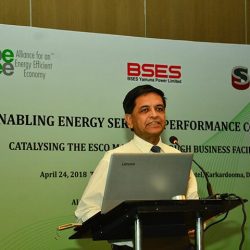What will it take to mainstream financing for industrial energy efficiency?
Industrial energy efficiency can deliver incredible returns in relatively short time frames. While return on investment for energy efficiency is less predictable than other energy financing projects, in UNIDO’s experience the internal rate of return can range anywhere from 50 per cent to 170 per cent. Payback times can be as little as one month. However, despite all of this promise, financing for energy efficiency in many energy intensive countries is still significantly misunderstood.
Over the past month the Industrial Energy Accelerator spoke with several national experts to get their take on how to mainstream financing for industrial energy efficiency. One of the biggest takeaways from these interviews is the need to tailor dedicated financing solutions for specific country contexts. Particularly important is the need to break down often simplified and long-held assumptions among policymakers, investors, development organizations and the industrial sector with real world demonstration projects. Making use of existing financing incentives and investment products is also considered critical.
Click on the photos below to read each article in full.
Invest in quality monitoring and evaluation

Don’t limit financing to dedicated ‘energy efficiency’ products
“Why not use the financing infrastructure that already exists such as equipment financing and leasing agreements? Why not connect with stakeholder groups who are already working in this space, such as local financing facilities, which are already focusing on equipment financing? For industrial energy efficiency to be successfully scaled-up it must be able to attract mainstream finance.” – Milind Chittawar, SEE-Tech Solutions, India
Seeing is believing when it comes to banks

The finance sector needs capacity building too

